I am developing an image processing algorithm to adjust brightness, contrast, shadows, highlights, levels and gamma.
I'm having trouble modeling brightness to behave mostly linear (like the exposure adjustment) but compressing the highlights instead of saturating it.
This is the curve that I want:

And this is the curve that I have in my current implementation. You can notice that it shifts from the linear line too early. I'd prefer a curve where it would happen in the highlights area:

This is the code that I have right now:
fCnt += 1.0f; // fCnt->[-1,1]
fBri += 1.0f; // fBri->[-1,1]
fShd = (fShd/2.0f)*-0.6876f; // fShd -> [0,1]
fHlt /= 2.0f; // [0,1]
const float fRange = 1/(fWhite-fBlack); // fWhite, fBlack -> [0,1]
const float K = 1.0f/255;
float lut[256];
for(int i=0; i<256; ++i)
{
float x = i*K; // map [0-255] uchar to [0-1] float
// brightness
x = (1-pow(1-x, fBri));
// contrast
x = x <= 0.5f ? 0.5f*pow(x*2.0f, fCnt) : 1.0f - (0.5f*pow((1.0f - x)*2.0f, fCnt));
// shadow
x *= (qLn(x+0.0001f) * fShd + 1.0f);
// highlights
const float x2 = x*x;
x *= (x <= 0.4 ? 1 : 1 + fHlt*(1.9434*x*x2 - 3.65455*x2 + 1.98107*x - 0.333037));
// levels
x = (x - fBlack) * fRange;
// gamma [0,4]
x = pow(min(0.0001f, x), fGamma);
lut[i] = x;
}
for(int i=0; i<size; ++i)
img[i] = clamp(img[i]*255.0f);
